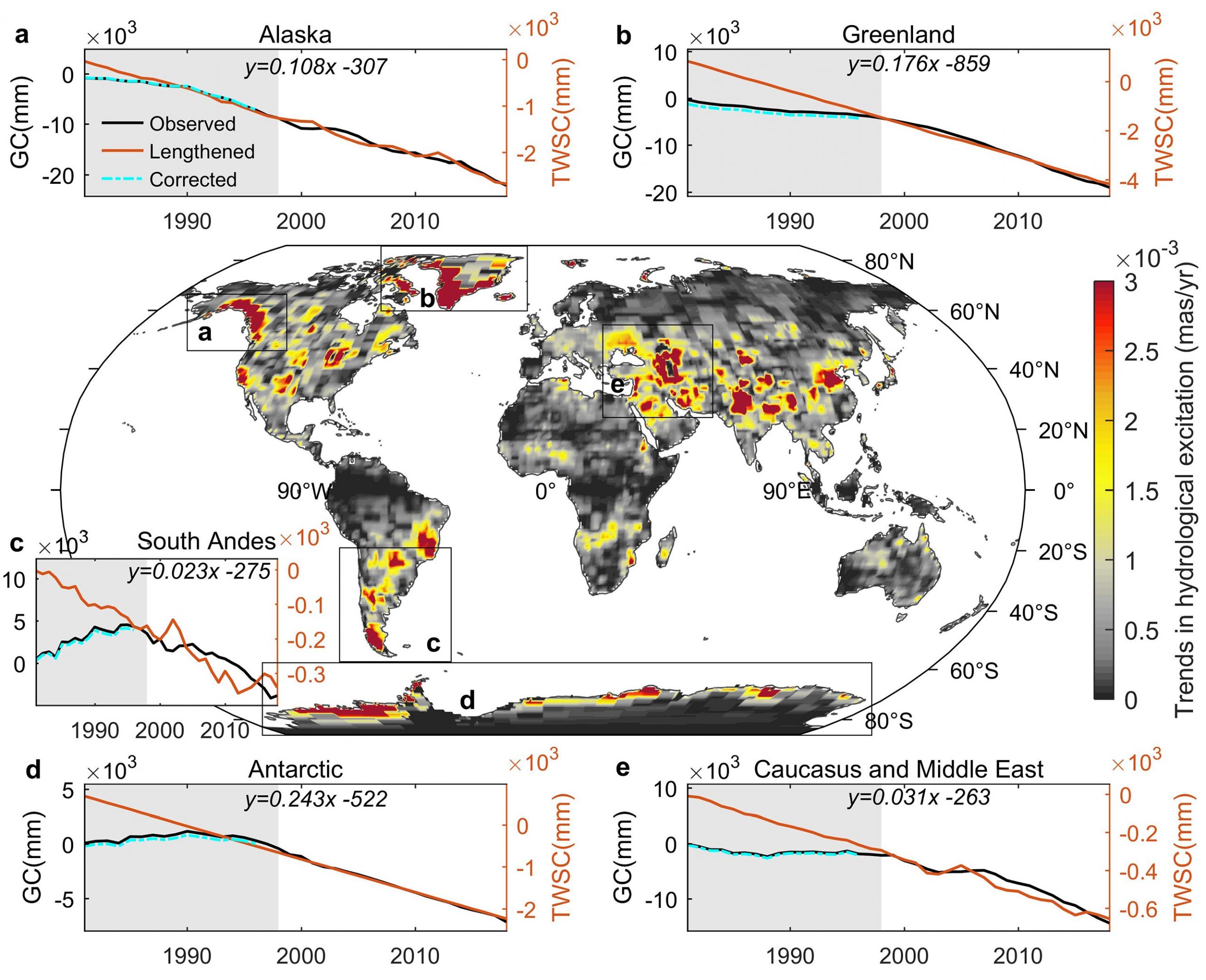

This is Lake Apiro, in the Apennine mountains, in central Italy, where limestone was formed exactly at the time he was interested in investigating: between 1 and 65,5 million years ago, the approximate date of the extinction of the dinosaurs.ĭriven by the true polar wander hypothesis, data collected on Italian limestone suggests the Earth tilted about 12 degrees before correcting itself.

To find signs of this phenomenon, another author, Professor Ross Mitchell of the Institute of Geology and Geophysics in Beijing, China, recalled a perfect spot he analyzed as a student. Studies on whether the Earth can tip on its axis A change in the orientation of the layers corresponding to the same era would indicate that the planet "wobbles" on its axis. As the rocks solidified, they became trapped and formed "microscopic compass needles," indicating where the pole was and how it was moving during the late Cretaceous.Īlso, this record of the magnetic field lets us know how far the rock is from the edge: in the northern hemisphere, if it's perfectly vertical, it means it's at the pole, while if it's horizontal, that puts it at the equator. For example, the tiny magnetite crystals that form magnetosomes help various bacteria orient themselves and align precisely with magnetic poles. "Many rocks recorded the orientation of the local magnetic field as they formed, similar to how tape records music," the institute explained in a statement. "True polar drift gives the impression that the planet is tilting to one side, when what is actually happening is that the rocky surface (solid mantle and crust) swirls above the liquid mantle and around the outer core". "Imagine you're looking at Earth from space," explains Joe Kirschvink, a geologist at the Tokyo Institute of Technology in Japan, and one of the authors. Neither the magnetic field nor life on Earth were affected, but the displaced rock recorded the disturbance in the form of paleomagnetic data. 2 Studies on whether the Earth can tip on its axisĪ true pole shift occurs when Earth's geographic north and south poles shift significantly, causing the solid crust to flip into the liquid upper mantle that protects the core.


 0 kommentar(er)
0 kommentar(er)
